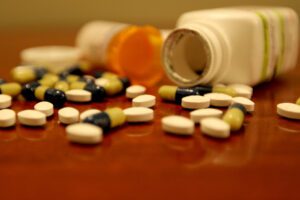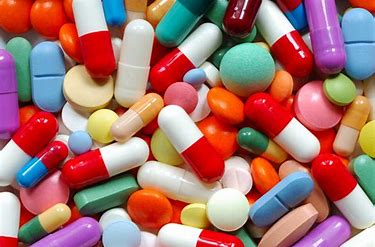Drug overdose rates continue to rise every single year. Drug addiction is an epidemic that has taken a huge toll on society and the economy. According to the Centers for Disease Control and Prevention (CDC), 64,070 people died from drug overdoses in 2016.
• It is a 21% increase from the year before of overdoses
• The number is more than the 58,200 lives that were lost from the Vietnam War
• It is double the number of motor vehicle deaths in 2015
• More people died from an overdose than the peak amount of murders (24,703 in 1991) and suicides (44,193 in 2015)
Of the 64,070 drug overdoses, more than 75% of the overdoses involved opioids. Opioids include prescription drugs, like painkillers, and illicit drugs, like heroin. Heroin caused 15,466 of those drug overdose deaths.
The number of overdoses caused by fentanyl has taken a sharp turn. Fentanyl is one of the most dangerous opioids around, and is more potent than morphine. In 2016, 20,145 deaths were a result of abusing this particular drug. Not all drug abusers who overdosed on fentanyl knew that they were taking the drug, as this drug is often added to other illicit substances, like cocaine and heroin, for a stronger and more potent high.
What Is a Drug Overdose?
A drug overdose happens when an individual takes more than the recommended dose of any substance. For some substances, this can be a large amount. On the other hand, other substances only require minuscule amounts for a fatal overdose. For example, 2mg of fentanyl will cause a fatal overdose. That’s equivalent to approximately 2 grains of salt.
A drug overdose means that the body’s metabolism simply cannot remove and detoxify the drugs fast enough. As a result, the high dose causes the body and mind to go haywire. In worst case scenarios, this can result in a fatal overdose.
Commonly abused drugs that can lead to a fatal overdose include synthetic opioids. Synthetic opioids are resistant against reviving agents such as Naloxone. Naloxone, (narcan), can be used to reverse accidental overdoses from prescription pain relievers and heroin. It is not always guaranteed to work, and sometimes even with proper administration, can lead to a fatal overdose.
Risk Factors for an Overdose
America’s opioid epidemic does not discriminate. It affects everyone. While anyone can develop an addiction, some people are more at risk for abusing certain drugs than others. Some risk factors for an overdose include:
• Consuming different substances at once; alcohol is very dangerous when mixed with prescriptions and other illicit drugs
• Taking larger amounts and quantities of drugs
• Struggling with other mental health disorders, as in the case with co-occurring disorders
• Taking unfamiliar drugs from a different supplier; this is especially the case when purchasing illicit drugs
• Consuming the drugs alone; when an overdose hits, there’s no one else around to help
• History of prior overdoses
• Resuming drug use after a long period of abstinence
• Injecting the drugs intravenously
The amount needed to overdose will vary from person to person. While some people may need a lot of a substance to overdose, others may have a higher tolerance.

How to Handle an Overdose
With so many drug overdose deaths in recent years, drug users should really start educating themselves on how to handle an overdose. Harm reduction is important, and those who act quickly may be able to save the life of the individual who is overdosing. Here are some steps on how to deal with an overdose:
• Administer opioid-reversing drugs, like naloxone, if possible. Not all illicit substances will have reversing drugs available. Prescription opioids and street opioids are some of the only drugs that have a reversing agent. The opioid-reversing drugs block the opioids from attaching to the receptors and having an effect on the body. You can now pick up naloxone at your local pharmacy.
• Pick up the phone and call 9-1-1. Don’t wait to call, an unaddressed overdose may result in significant damage to the mind and may result in death. When calling 9-1-1, provide as much information on the individual as possible. This includes the type of drug that was abused, the dose that was taken, and when the drug was taken.
• Place the drug user in a recovery position. Roll them over on their side. One of the most common symptoms of a drug overdose is vomiting. This can be extremely dangerous if the drug addict is lying on their back.
• Perform CPR. If the overdose involves cardiac or respiratory failure, perform CPR as soon as possible. CPR provides oxygen to the drug user to prevent further cardiac or respiratory depression.
It’s best not to leave the individual’s side. You want to be able to keep an eye on their condition to make sure that it doesn’t worsen. After an overdose, it’s important to explore the possibility of seeking addiction treatment from a professional drug rehab center.
If you or a loved one need help you should try a PHP or IOP Program for help with addiction.



